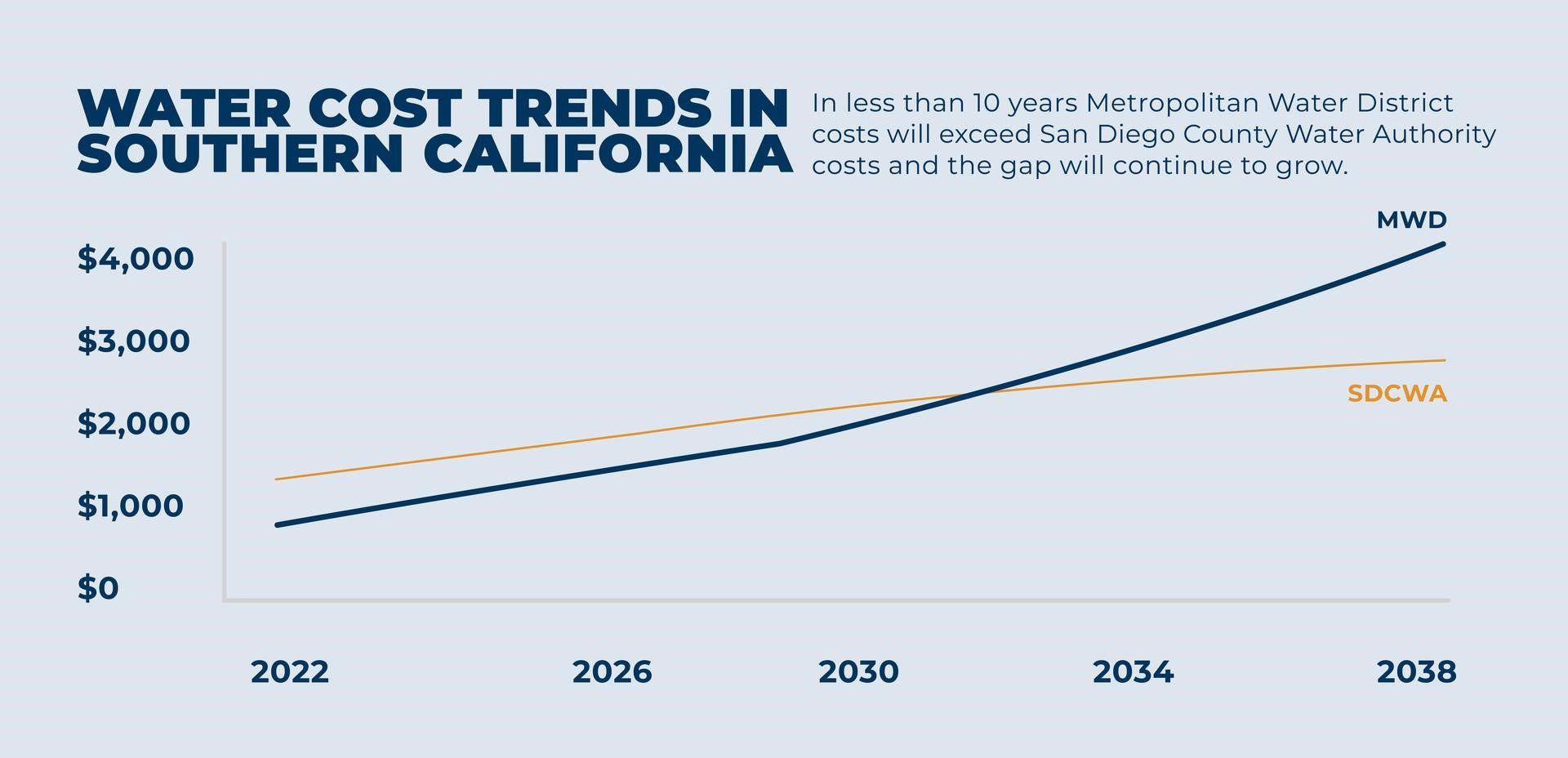Aug. 11, 2022 – Sandra L. Kerl, general manager of the San Diego County Water Authority, issued the following statement in response to the water supply strategy released today by Gov. Newsom.
“Gov. Newsom has shown remarkable leadership dealing with extreme drought conditions, and his new strategy to improve California’s water resilience is another important step to protect the state’s economy and quality of life. The governor’s approach aligns closely with the Water Authority’s 30-year strategy that combines new supplies, infrastructure upgrades and conservation.
“While conservation has become a way of life in San Diego County, it’s clear that we cannot conserve our way out of the more frequent severe droughts afflicting the arid West. Both here and across the state, we must continue making strategic investments in supply reliability. We support state efforts to promote long-term thinking and the development of infrastructure to increase our capacity for water storage, water production, and water distribution. Those efforts are already well underway in the San Diego region, where our member agencies are developing repurification plants that extend our supplies by treating wastewater to drinking water standards.
“We applaud Gov. Newsom and the state for continued coordination and consideration of the unique hydrology of California’s different communities as they address long-term water supplies and the aridification of the West. We also welcome former Los Angeles Mayor Antonio Villaraigosa to the governor’s water leadership team. His experience and know-how will be critical to rapidly deploying solutions that are so urgently needed statewide and securing federal funds for that work.
“As we collectively work to improve California’s water supply, state and federal agencies have an opportunity and a responsibility to help pay for needed upgrades to ensure that safe and reliable water supplies are available and affordable for every Californian.”
— Sandra L. Kerl, General Manager, San Diego County Water Authority




